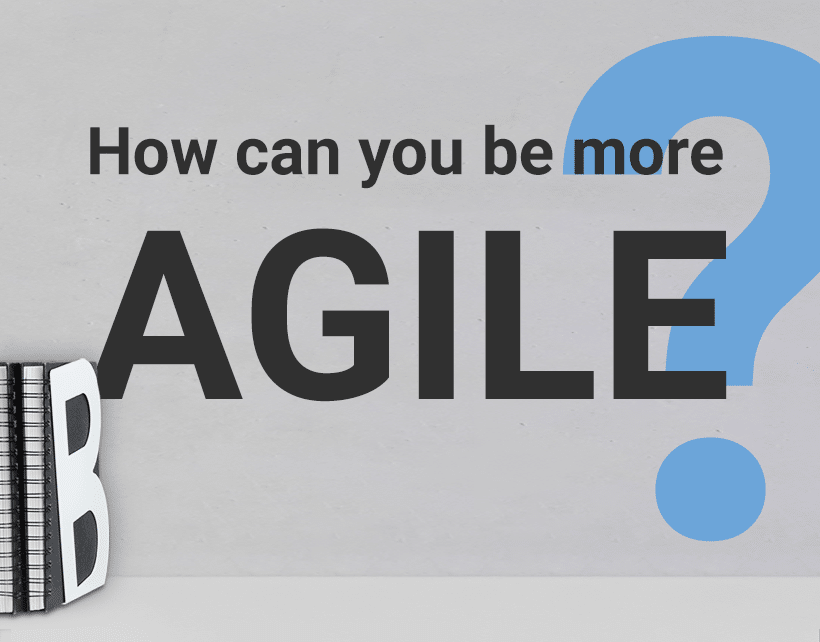
How can you be more Agile?
If you have been following along on our Agile journey, this is the culmination of the trilogy! In case you have missed the first two blogs in this series, then make sure you read them to get a more holistic understanding of the concept. In the first part of this series, you can find out more about Agile principles, methods, and the Agile mindset. The second part described how we practise Agile methodology at Viking. In this third and last part, you will find some tips and tricks so that you can learn how to become more agile within your own team.
Reflect with Retrospectives
Retrospectives are a great way to step into the Agile method, as they are meetings where you and your team can reflect on the past month/ quarter. Usually, team members take turns running these meetings, so that everyone gets an opportunity to do so. There are many Agile tools at our disposal to run such meetings easily. One of them is Mural. This website has a plethora of templates to choose from, and many fun ideas to make your retrospective interesting and unique.
It is a good idea to start the meeting with an ice breaker. This can be in the form of a fun question or an online activity to get everyone in a fun mood and build team spirit. One can then analyse what worked, what did not, and most importantly, what can be done to improve the situation. The team member who runs the meeting is also responsible for jotting down the ideas that were discussed and the suggestions that were decided on.
Ways to plan actions
There are many ways to do agile planning. Visual tools play an important role in planning upcoming projects and deadlines. A Scrum board is the face of your process; it displays the sprint’s progress visually and displays how your work is distributed among the various workflow stages. It is a visual tool for managing and organising projects, so that team members know the status of ongoing tasks.
Kanban is another project management method that helps visualise tasks. It can be used to plan out your sprint and also organise projects effectively. The ‘backlog’ section of Kanban is used as a repository for all the potential action points that need to be taken care of. When the task is started, it can be shifted to the ‘in progress’ column. When the project is complete, it can be set to ‘done’, thereby reflecting to the team that nothing more remains to be done there. Teams may carry over unfinished work items to the following sprint to continue working on them. This technique is helpful to find errors and improve the workflow.
It is easy to get overwhelmed by the many aspects of Agile, but at its heart, it’s straightforward. As the name suggests, being Agile is all about adaptability and reacting to change. The emphasis is more on perfecting how we deal with the change rather than reacting impulsively about there being one.
Spend some time getting familiar with Agile, and then you can begin to implement (parts of) it in your workflow. Keep it simple, and don’t worry if it seems like you don’t have the right tools. The best part of it- you don’t need to do everything perfectly. After all, it’s a work in progress, and does not need to be a finished masterpiece. With each step that you take, you are closer to being more Agile!
Admin Notice: No Viking Direct URL found in this post.
Admin Notice: No Viking Direct URL found in this post.






